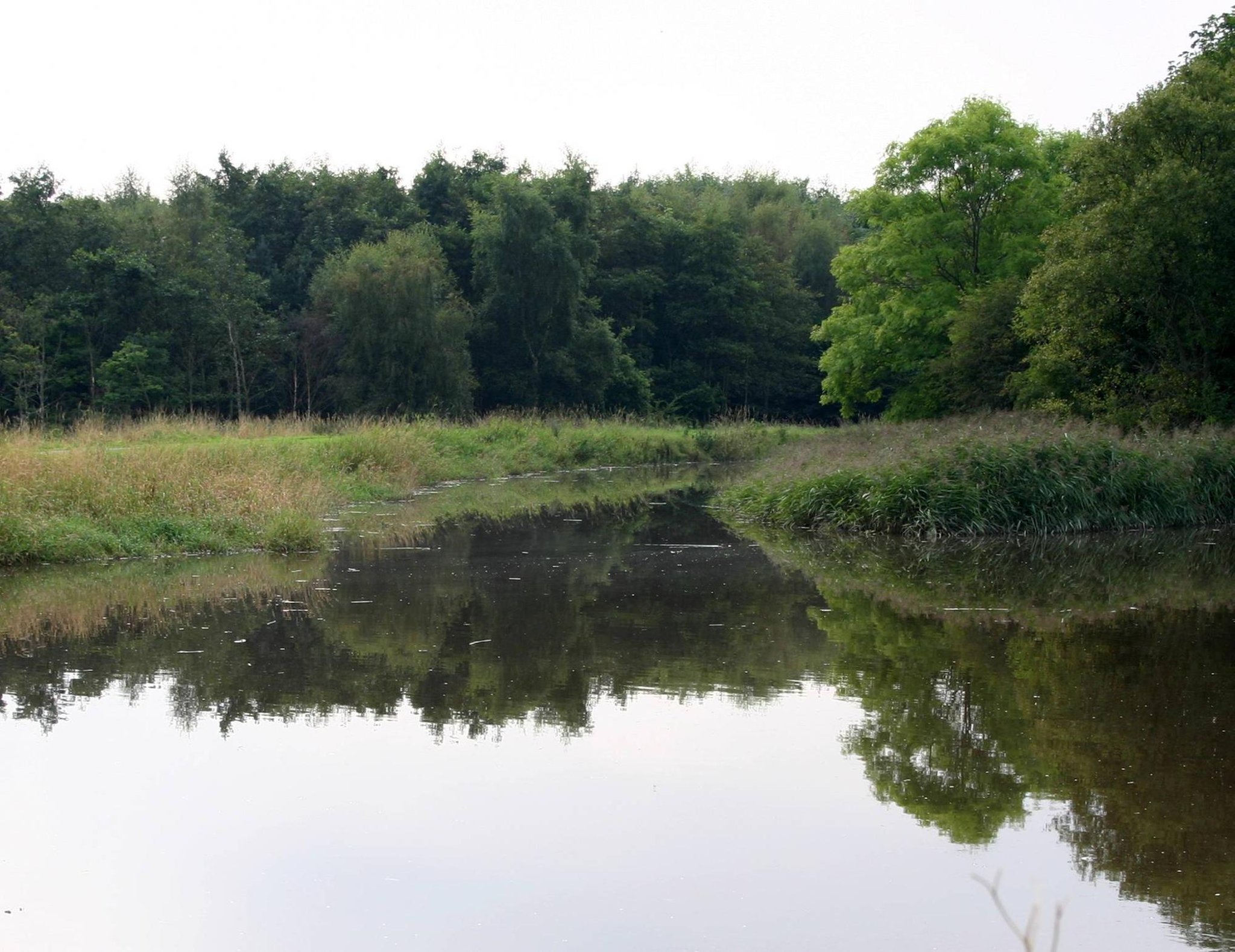Ian Scott Fifteen miles from the history of the Falkirk District which marks the transition from an agricultural way of life to industrialization
[ad_1]

With Carron came a huge expansion of facilities around the Great River Loop.
A stone quay with cranes appeared at the east end as well as many new stores including an attic, warehouses, workshops, forge, pitchworks, dry dock and a grand mansion, Carron House, for Charles Gascoigne , later to be Carron Company’s most powerful manager.
The house was later damaged by fire and is in a dilapidated condition, although you can see pieces of it on the wall from the footpath that runs along the river from here to Glensburgh in Grangemouth.
In the park is another survivor, an unusual octagonal brick doocot badly damaged over the years by neglect and vandalism. Not far from this point is the Abbotshaugh Pow where Falkirk’s East Burn falls into the Carron.
Long before the construction of Carronshore Harbor, it was the city’s base port with ships sailing the river to unload fine mainland wines and other fancy imported goods demanded by the city’s wealthy burghers.
The river moves more slowly here through the flat lands of the Carse in what were once large, winding loops north and south of the current course.
At the end of the 18th century, the Carron Company cut these meanders to make the voyage to the Forth shorter and accessible to larger ships.
A glance at a modern map, aerial photograph or ground observation shows quite clearly the original course marked out by tree lines and drainage ditches.
Read more
Read more
The Carron River is small but perfectly formed to play a big role in Falkirk …
In the distance, the Kelpies loom above the trees guarding the point where the Forth and Clyde Canal now meets the Carron on the west side of the highway.
The “grand canal” might well have been called “Carron and Clyde” since it originally entered the river some distance from the Forth, and the old town of Grangemouth with its quays and harbors grew in the space between the canal and the river.
In the 19th century, the continued expansion of the port brought the enormous new docks of Carron and Grange which stretch out into the Forth. However, before reaching the sea we have to pass under the Kerse Bridge known to most people as the ‘Pay Brig’ where travelers on the new toll road from Falkirk to Stirling had to pay a toll.
It was built around 1805 and had a central wooden drawbridge to allow passage of ships.
It was replaced in 1934. The river is now very tidal and when the water is low, the mud flats obscure its course which merges more and more with the Forth. The journey from the Meikle Bin in the far west is over.
Fifteen miles of history that marks the progress of our ancestors, from rural farmers harnessing the power of the river to grind their oats and barley, to paper and industrialists supplying the world with all kinds of iron and petrochemicals of the world. modern era.
Thanks for reading this article on our free website. We depend on your support more than ever, as the change in consumption habits caused by the coronavirus is having an impact on our advertisers.
Please consider purchasing a subscription to our print journal to help fund our reliable and verified journalism.
[ad_2]

